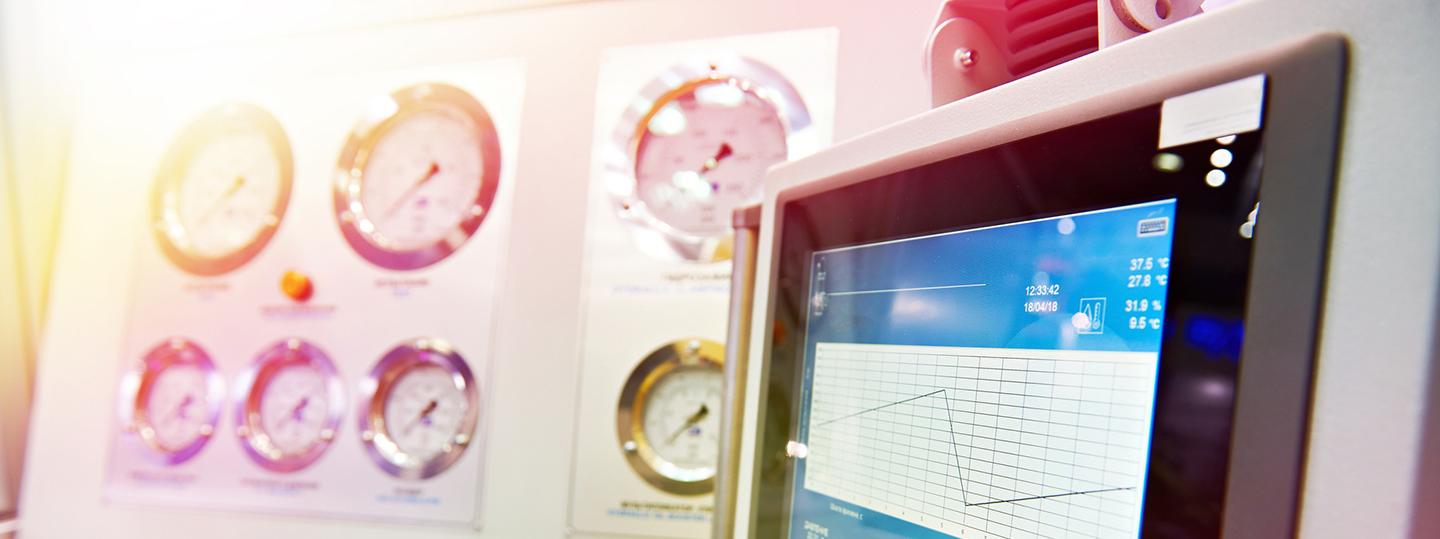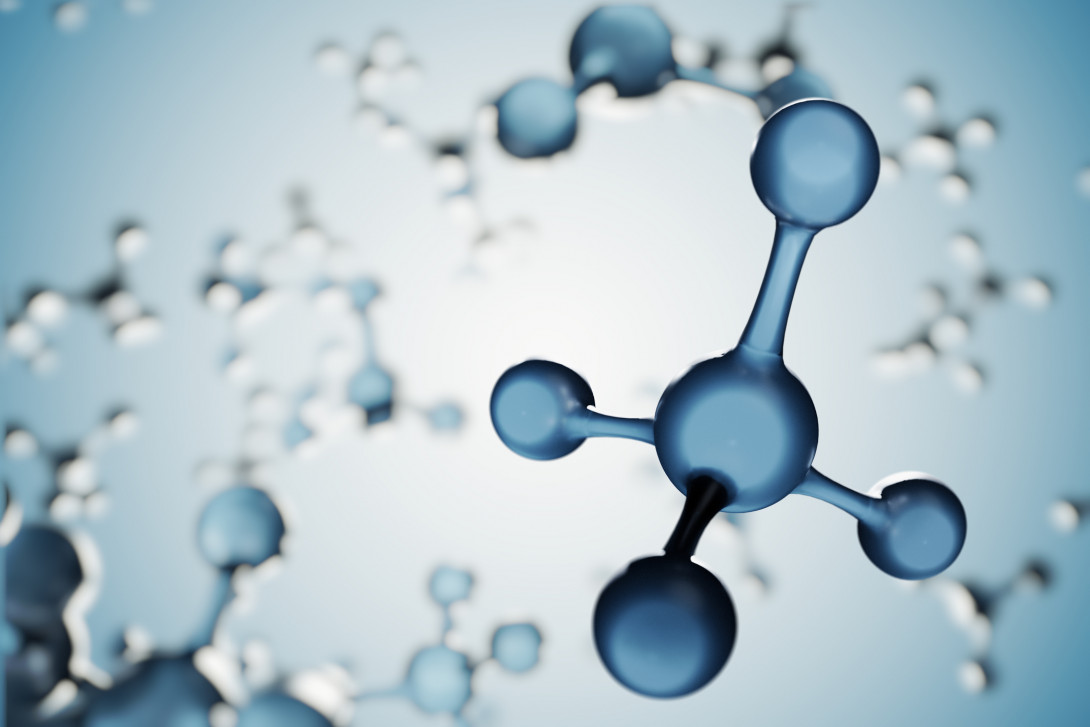
Test benches and environmental simulations
If simulation is to become reality: A test environment tailored to your individual goals significantly shortens development times for new vehicle types and components. With our solutions you test under reproducible conditions – with lower development costs, guaranteed quality standards and better planning reliability.
Your advantages with ENGIE
-
Single-source test environments
with project management, installation, commissioning, customer service -
Open Software
for the control -
Recording and visualization
of all test data for high efficiency -
Use of natural refrigerants
with low GWP -
Specific test scenarios
for electric vehicles and alternative propulsion systems -
Reduce CO2 footprint of your test environment
through energy-saving concepts
Use a true-to-life test environment
Are you a manufacturer and developer or do you conduct research in the fields of aviation, automotive, biology, medicine or pharmaceuticals? Then you need a test environment that is individually tailored to your development goals. This enables you to decisively shorten the development times for new vehicle types and components and to carry out test series under reproducible conditions. We offer a full service from the conception and planning to the construction and operation of testing facilities, climate and environmental simulation chambers. This means for you: lower development costs, guaranteed quality standards and better planning reliability.
ENGIE Deutschland provides the right test environment for your prototypes and development parts. After all, the result is only right if every detail is right. This means: With a test environment tailored exactly to your development goals, we create reproducible environmental conditions as close to the real thing as possible. We make it rain or snow, we expose your test vehicle or a certain component to sunlight or we shake it vigorously. In short: We have the know-how and the technology to simulate all the environmental influences relevant to your product.
You decide how we work together. We are available as a full-service partner from the conception to the operation of your testing facilities, climate chambers or other environmental simulation systems. You can have your existing equipment operated by us or borrow test equipment from us if your project requires it. For better planning of your investment costs, we offer financing and leasing models on request.
Use of natural refrigerants
For your future-proof testing facility, we at ENGIE Deutschland rely on natural refrigerants and will be happy to create alternative refrigeration concepts for you. We provide sustainable, natural alternatives for the use of F-gas substitute mixtures. Trust our expertise in the use of hydrogen.
Optimum test environments for a wide range of applications
Corrosion test chambers are required to test the effectiveness of various coatings, seals, preservatives, coating layer thicknesses, materials and material pairings. To this end, road salt, cold, damp heat and heat are said to damage and age the material. Then vulnerabilities are identified and fixed. The reproducible test results can also be compared with open-field tests. A gable roof is installed to prevent uncontrolled dripping onto the test object. The inner shell is made of high-alloy stainless steel, completely welded and enclosed by a tight outer shell. Alternatively, various salts can be sprayed or infrared systems installed which damage the test object with heat. It is also possible to automatically assign test objects to the appropriate resources.
Weather chambers are special climate chambers for aging tests under the influence of artificial sunlight. The lightfastness of plastics, metals, complex components, coatings, paints and other materials under various irradiation intensities, radiation compositions and weather conditions is tested. In a weathering chamber, the entire test object contour is irradiated simultaneously with a spectrum similar to sunlight. Adjustment and folding mechanisms of the illuminant support frame enable adaptations to different test objects, vehicle types and contours. ENGIE Deutschland uses symmetrical parabolic reflectors in weathering chambers in order to achieve a high parallel proportion of the radiation. The combination of reflector, ballast and light source enables a particularly realistic simulation of beam path, spectrum and uniformity. This means that test results can not only be reproduced at any time, but can also be precisely compared with measurements of the test object surface temperatures from outdoor weathering.
Altitude chambers are important if test results from different locations are to be compared. Under reproducible conditions such as ambient pressure, temperature and humidity, atmospheric fluctuations have no influence on the measurement results. Altitude chambers consist essentially of the following components: pressure-resistant shell, insulating cell, chassis dynamometer, power supply technology, visualization for specifying the target values and graphical evaluation of the actual values. Altitude chambers built by ENGIE Deutschland comply with all requirements of the exhaust gas standardization (EPA/CARB and EU directives). For this purpose, we install pre-conditioning rooms (soak rooms) and a shunting area – which also increases the effectiveness of the testing process. We build altitude chambers for complete vehicles, but also for engines or powertrains.
Conditioning systems with altitude simulation supply testing facilities such as air conditioning and altitude chambers as well as engine testing facilities with processed combustion air. The intake outside air is treated by means of a filter, fan, sorption dryer, and pre- and after-cooler or heater. This specially prepared air is then fed directly or indirectly to the combustion engine, i.e. in a test cell. When connected directly to the combustion engine, the air is dynamically humidified; In the indirect method, a steam humidifier in the test cell ensures the required humidity. In the "test cell" mode (bypass mode), the excess portion of combustion air is discharged from the chamber again with the exhaust gas. We plan, design and install conditioning and ventilation systems according to the requirements of the automotive industry. Ventilation systems are used to supply combustion engines with combustion air at varying pressure levels. The conditioning can be carried out directly on the test object or via a test cell.
Exhaust gas and performance test chambers are indispensable for the development and market introduction of new vehicle models or engines. This is because manufacturers must provide reproducible proof that their vehicles comply with national and global emission regulations and can thus simulate the real driving situation. Exhaust gas test chambers operate in the temperature range from minus 7 to plus 45 °C; testing is often carried out at room temperature. In order to significantly reduce cycle times during vehicle testing, a pre-conditioning room (soak room) can be installed as an option. The vehicles to be tested are pre-tempered in this chamber and then moved into the test chamber. ENGIE Deutschland supplies energy-efficient turnkey solutions tailored to your requirements – naturally also with natural refrigerants.
Rain chambers are used in the automotive industry in research and development as well as in quality assurance and at the end-of-line. From a gentle drizzle to a tropical heavy rain, any situation can be simulated. Vehicles are sprayed with varying amounts of water from different directions and then tilted as needed to stress the bodywork to detect leaks or areas where water collects. Rain chambers have a high water throughput and consumption; efficient water treatment and filtration is therefore important. This is the only way to ensure a long life cycle of the water and the requisite water quality - even when the plant is shut down. We would be happy to develop a complete run-through concept with you, including preparation area, rain testing facility, draining area, dryer and assessment area, mobile operating concept and safety matrix.
Temperature and climate chambers create reproducible environmental conditions that can be compared at any time: Test situations ranging from arctic winter to the blazing heat of a desert day can be implemented in a short time. In this way, complete vehicles or individual components as well as industrial parts can be analyzed in an optimal way. Climate chambers essentially consist of an insulating cell, supply technology, a visualization for predetermining the desired values and a graphic evaluation of the actual values. In order to extend the range of application, they can be combined with other testing facilities such as chassis dynamometers. ENGIE Deutschland designs and builds temperature and climate chambers of any size according to individual requirements with all conceivable special installations. In our climate chambers, battery systems can be tested at very low humidity, acoustic components can be installed for noise analysis and even shakers can be integrated. In doing so, we comply with all international regulations, guidelines and laws.
Chassis climate dynamometers allow developers to test the driving behavior of a test object under various climatic conditions. While the vehicle is fixed, rollers under the wheels simulate a driving situation. A fully equipped chassis climate dynamometer includes the simulation of temperature, pressure, solar radiation, air flow and driving speed. Supporting technical components include electrical systems, gas detection systems and driver assistance monitors. The complex system must be carefully coordinated so that the test data prescribed, for example, by EU directives, can be properly collected. ENGIE Deutschland supplies high-quality, automated systems for the conditioning of the chamber air and for the extraction of the exhaust gases caused by the test object.
Temperature change testing facilities expose a test specimen to a stress test by very rapid re-tempering. All water-operated heat exchangers, such as radiators and interior heaters, are tested for their resistance to temperature changes. Temperatures of minus 40 °C up to plus 135 °C and volumetric flows of up to 2,300 l/h per test piece (maximum of eight pieces) can be achieved in a temperature change testing facility. In addition to temperature control, pressure control is optionally possible. A complex system of storage tanks and control valves ensures extremely short ramp times. Temperature change testing facilities from ENGIE Deutschland are equipped with fully automatic control – so even long program sequences can be executed safely and reliably. On request, we offer solutions for automated program control and data recording.
Thermal management testing facilities are used for the development and validation of individual components or complete cooling modules. In particular, the sophisticated thermal management of electric vehicles can be tested and improved under optimal conditions. Another important development goal is the optimization of pressure losses in the test objects. The main components of a thermal management testing facility are a cooling air circuit, a coolant module and a charge air module. Oil conditioning modules are used to test engine oil coolers and transmission oil coolers. A refrigeration circuit in the testing facility supplies the condenser of the vehicle's air conditioning system. All components can be thermodynamically measured both individually and in combination as a cooling module. The visualisation of the system and the evaluation of the experiments with all thermodynamic calculations is also part of what we supply.
SHED (Sealed Housing for Evaporative Determination) test chambers are used to investigate hydrocarbon evaporative emissions from vehicles or individual components in a gas-tight chamber at various temperatures. These hydrocarbon emissions have a major influence on the total emissions of a vehicle. By using optimally matched materials, almost zero emissions are achieved inside the chamber (PZEV-SHEDs; PZEV = Partial Zero Emissions Vehicle). SHEDs are available in different sizes (micro, mini, full size), which can be inter-combined. For example, a complete fuel cycle can be tested. Additional options are tank heating, refueling ports (ORVR port) or pressure and temperature measurements. ENGIE Deutschland's gas-tight SHED test chambers enable test procedures in compliance with all current regulations and standards. With an additional refueling tank unit (RTU), it is even possible to simulate the ambient conditions of a fuel pump and test them directly in the SHED. With the visualization software and the appropriate terminals, all results of the tests can be documented and evaluated in accordance with regulations (EPA, GB, CARB, EG, etc.).
Customer service
Our customer service department offers a 24-hour all-round service for maintenance and repair of your testing facilities. On request, we also train your employees.
Customer service hotline: +49 40 349708-200
Your contacts
Test Benches and Environmental Simulations
